For the last 20-plus years, we’ve referred to the eastern box turtle that visits our garden every June as ‘Ernie.’ (See my post about wildlife in the garden.) But last night we learned that Ernie is a female turtle when I discovered her laying eggs in the herb garden. And so, we have rechristened her ‘Ernestina.’ (‘Ernestine’ seemed a little dowdy for such a special creature, and she is certainly worthy of the extra syllable.)
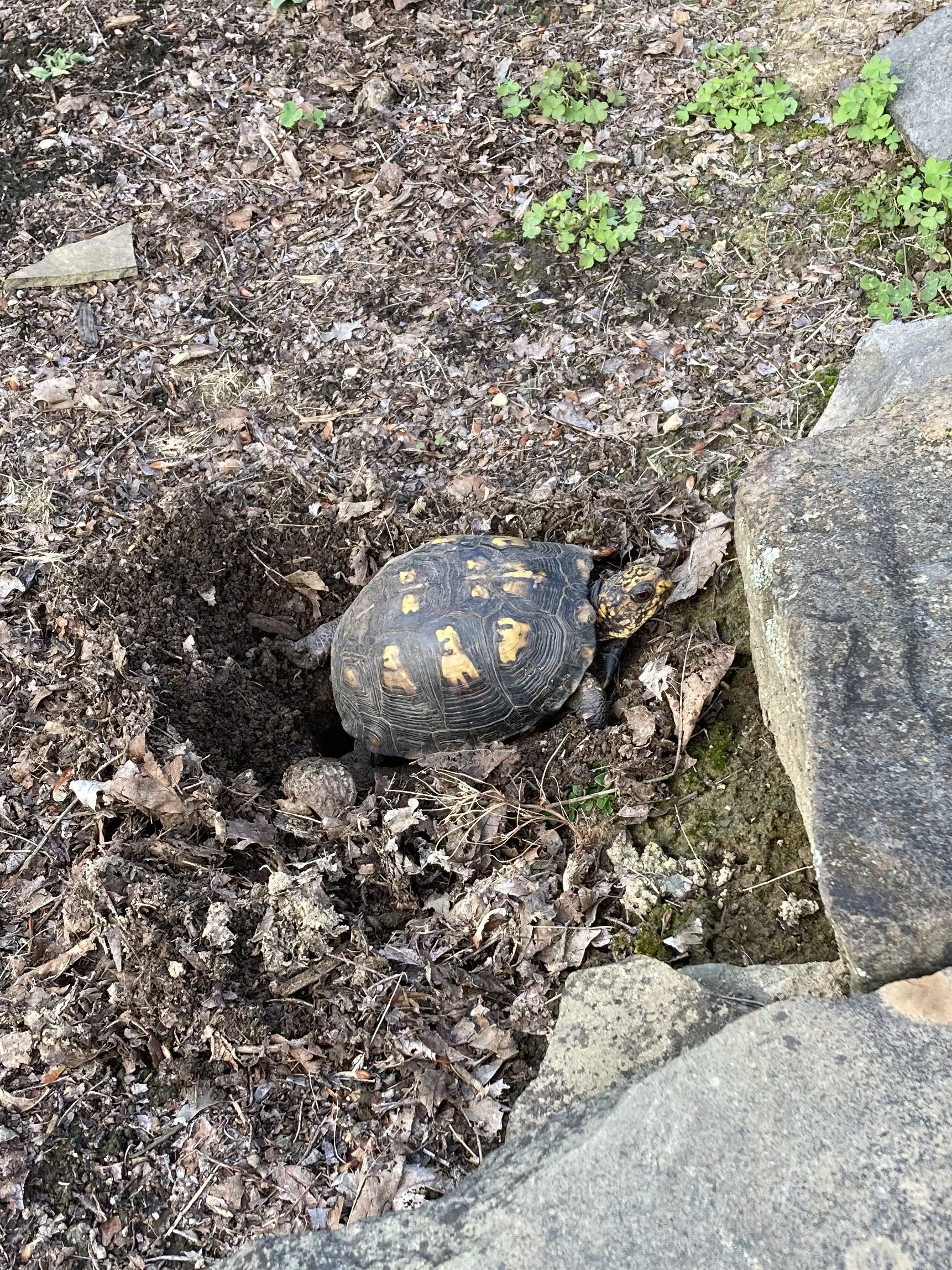
Just after sunset yesterday, I found Ernestina in an empty patch of soil where I usually plant basil (haven’t gotten around to that yet). I missed her usual appearance last year so was glad to see her alive and well. I didn’t hang around long, she’s not crazy about people. When I checked on her later, I noticed something was different from all the other times I had come across her, usually looking annoyed or head-down, Greta Garbo-like in a shallow burrow of leaves, pine needles, or soil in the vegetable garden. This time she had dug several inches into the soft soil and her butt was in the deep end and her head and front legs were on the surface. She was making a slow rocking motion, and her back legs were pushing soil around. She did not draw her head and legs into her shell as she usually does when we meet. Clearly, eggs were happening!
I consulted various conservation websites and learned that Ernestina’s behavior was classic for a turtle of egg-laying age (typically not until they are 8-20 years old). She had dug two other shallow depressions nearby until settling on the final spot for her nest. She laid her eggs in soft soil near the top of a hill in an open space where they would be warmed by the sun (hatchling sex is determined by soil temperature–warm sites result in female hatchlings, cool sites males). I also learned that few box turtle eggs survive since they are irresistible to racoons, skunks, snakes, coyotes, and crows—all of which frequent our garden.
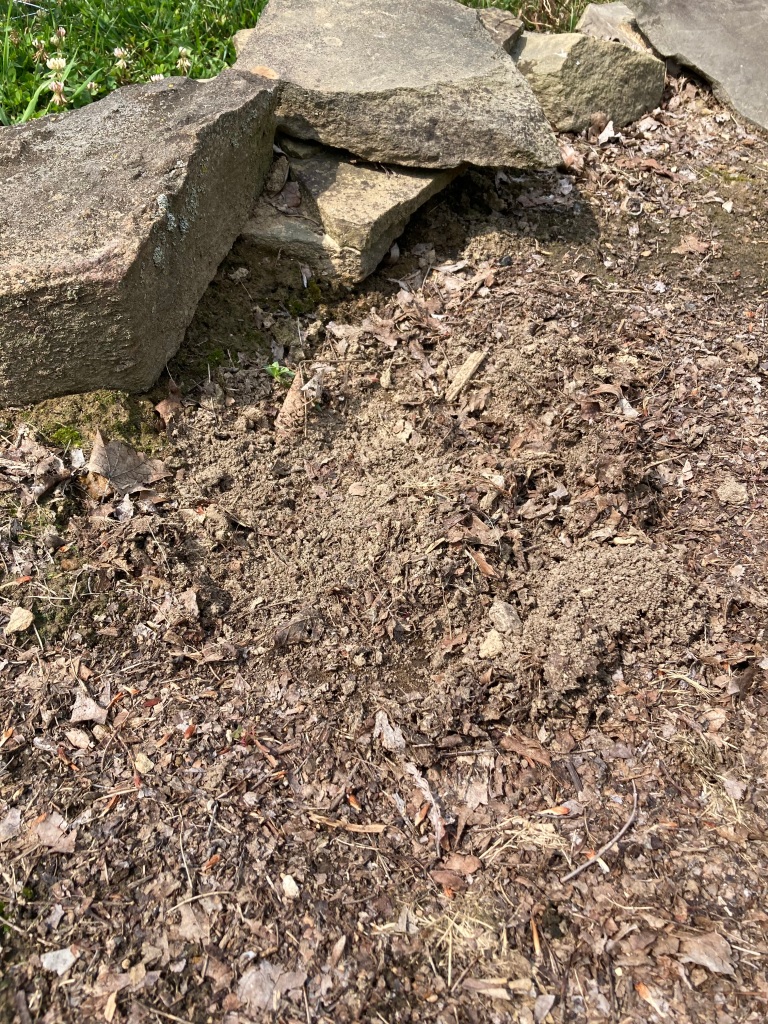
I checked on her one more time around 11 pm and she was still in the nest. In the morning, she was gone, which wasn’t surprising since Eastern box turtles take a hands-off approach to parenthood. I was relieved to see her beautiful nest undisturbed—she had completely covered the eggs and topped them with a slight mound of soil and leaves. I knew I had to take it from here if Ernestina’s babies had any chance of survival.
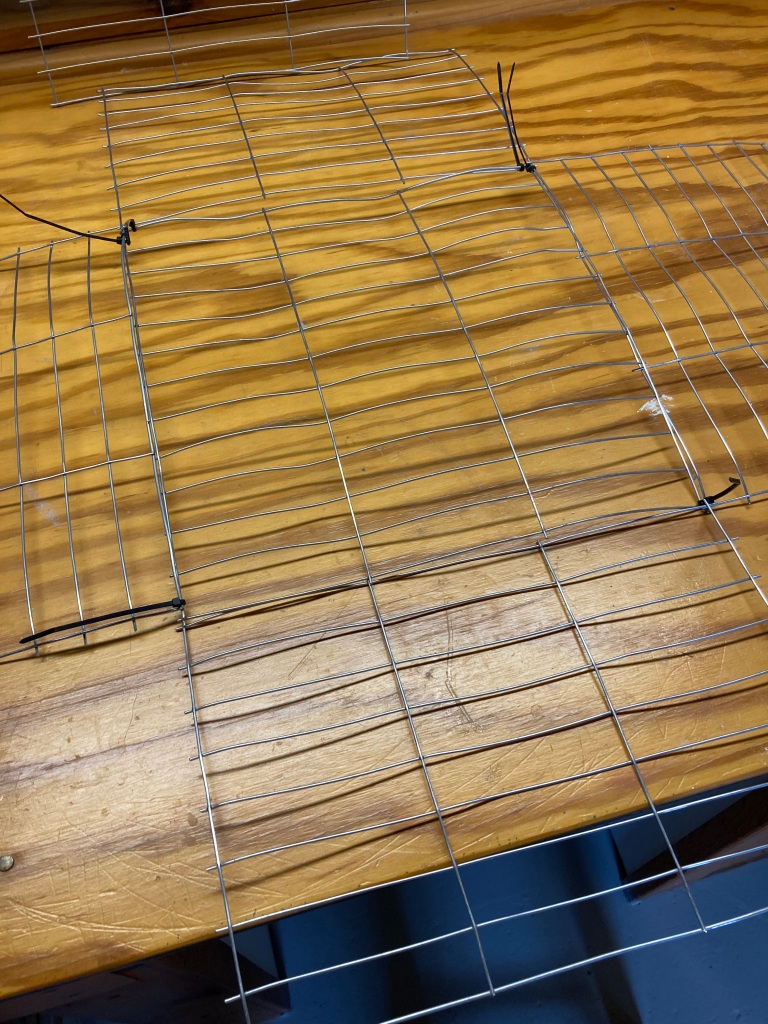
I found plans online for making a mesh box to protect the nest and eggs and quickly put one together (the plans I used are at https://wiatri.net/Inventory/WiTurtles/Volunteer/Images/ProtectingTurtleNests.pdf). As we carefully installed the box over the nest, we disturbed a large ant colony and a wolf spider carrying her egg sac on her back. This little spot was a hotbed of egg-laying! We put some temporary rocks around the base of the cage to discourage predators digging, but will remove them in about a month so as not to impede the baby turtles. With any luck, they will hatch in 45-90 days.
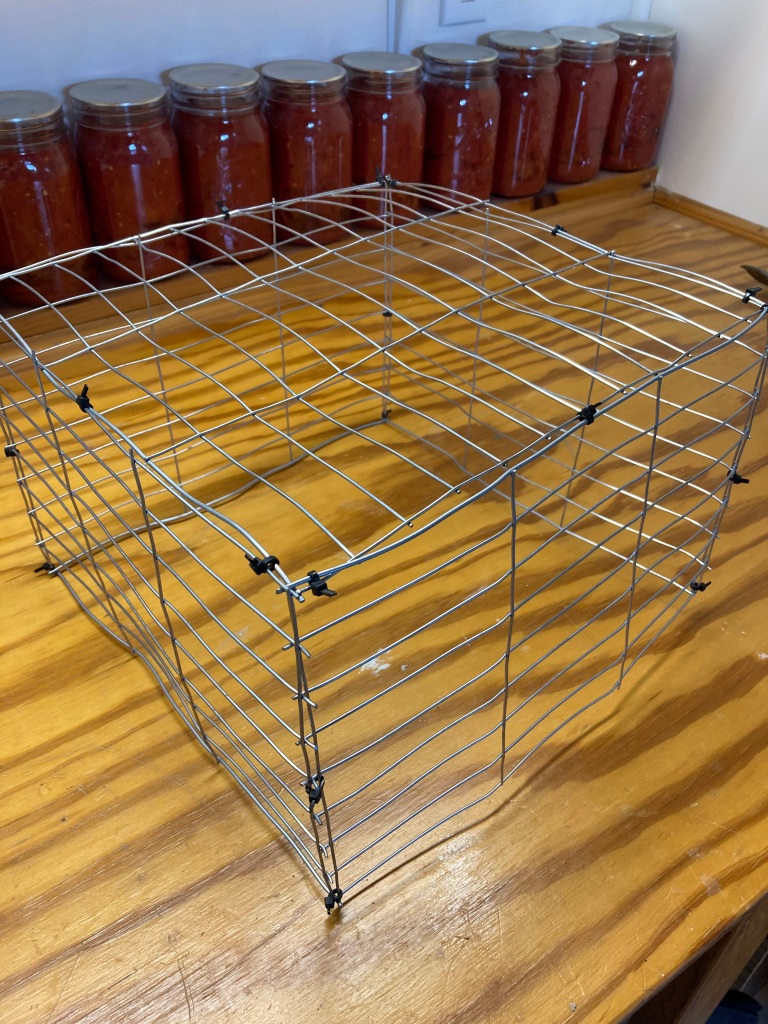
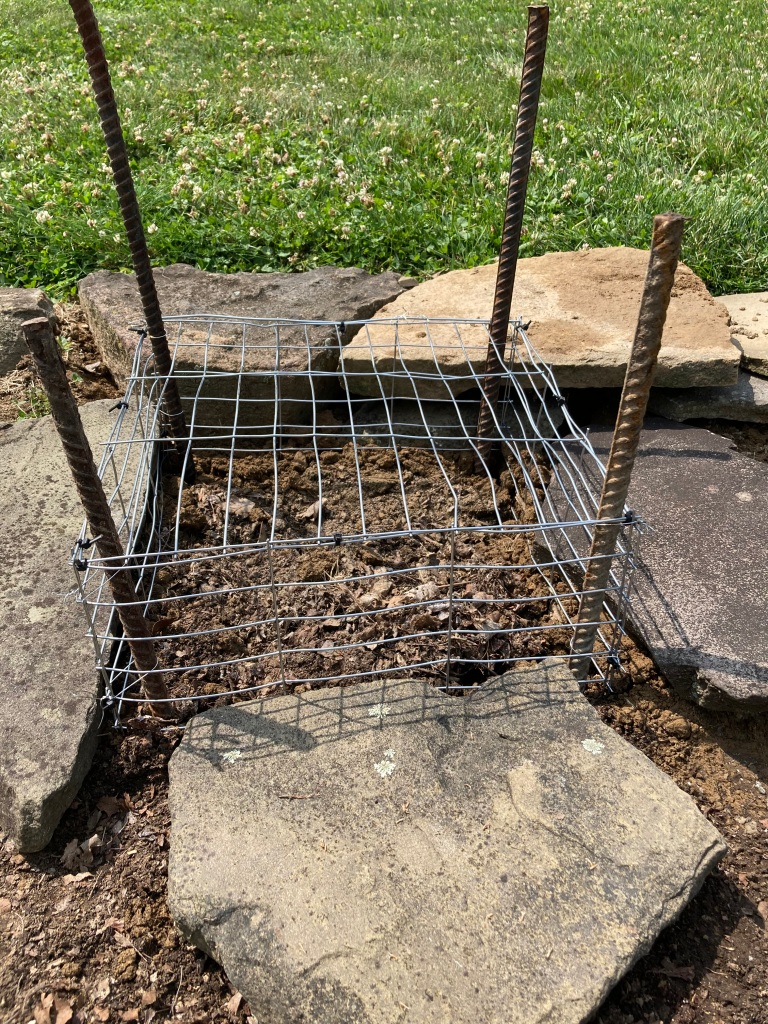
For more information about the Eastern box turtle, visit https://www.nwf.org/Educational-Resources/Wildlife-Guide/Reptiles/Eastern-Box-Turtle.
